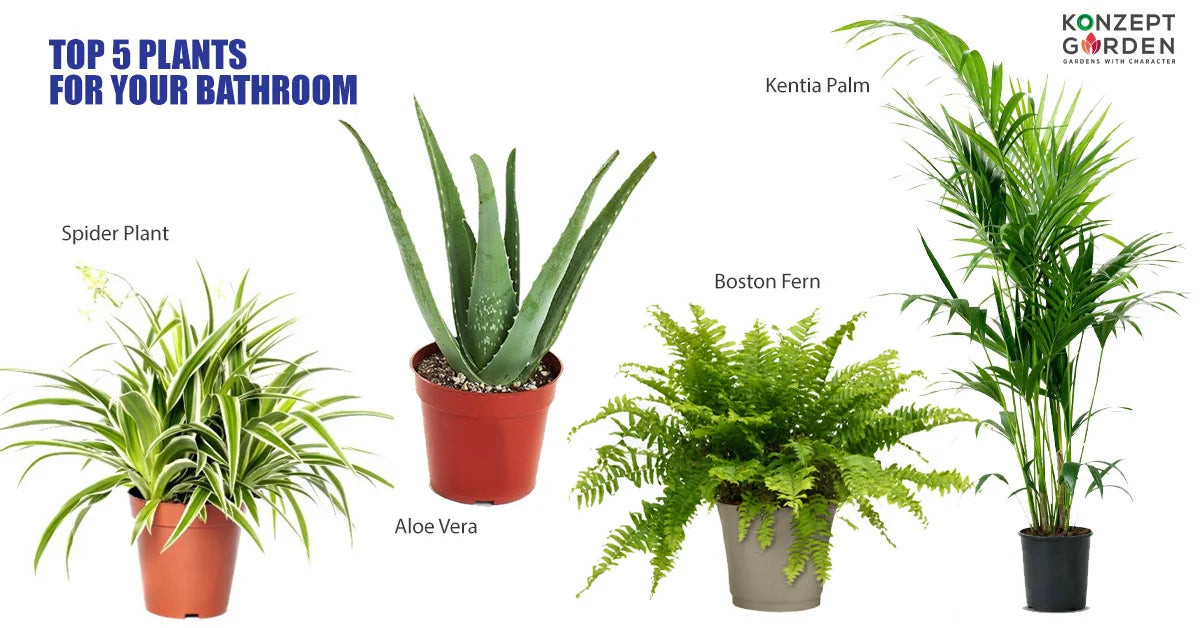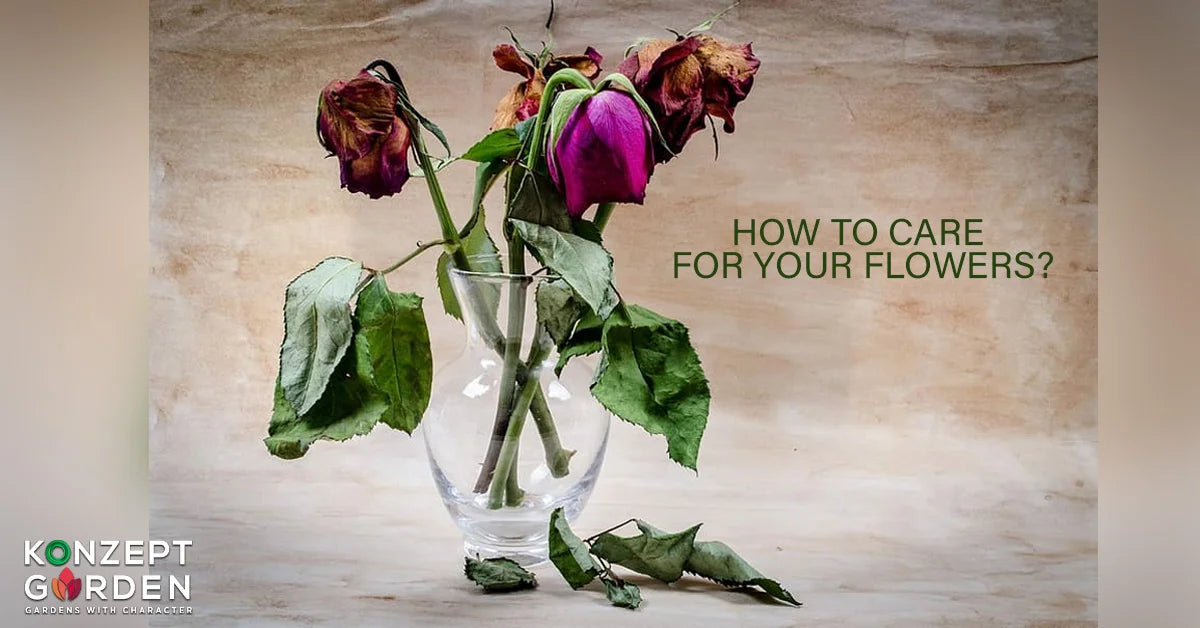Indoor plants are perfect for building a space in your home that is more inviting. In addition to being a colourful decoration, indoor plants can also clean up the air, boost your health and increase your concentration. By having a healthy atmosphere for your plant and the right amount of water and nutrients you can ensure that your indoor plant stays alive.
How to care for your indoor plants?
Water
Seedlings soil should be kept moist but not hot. There are still exceptions, of course — succulents, and other thick-leafed plants do their best when the soil dries out between watering. If the soil is kept too dry or too moist, the roots of the plant can start to die, which can lead to insufficient plant growth or even death.
There are many ways of deciding when a plant needs water. If the potting soil gets lighter or cracked in colour, it's probably time to water. Take your plant and gauge its weight after watering. You'll be able to say if the plant needs water after a few practise lifts just by picking it up.
Humidity and Temperature
This form of climate isn't ideal for all plants so it pays to do some study. The heat and humidity don't mind plants such as ferns, snake plant, succulents and other tropical varieties.
Fertilizer
Spending hours nutrients out of the soil each time a plant is watered. Even if that were not the case, plants would rapidly deplete the nutrients in their soil. Houseplants don't have a daily supply of nutrient replenishment unlike plants living outside unless you regularly fertilise them. It will always help to use an Organic Fertilizer (Ez-grow), plants to naturally promote absorption of nutrients and minerals for plant growth enhances flowering and root.
These are are the top 11 Plants you should have and how to care for them in your home.
1: Rubber Plants
Rubber plants dislike being placed in the water, therefore it's crucial to have a well-draining soil for them. Bright light is what rubber plants need, but it is best to keep them away from direct sunlight. The plant should be kept moist during the growing season and it may only need water once or twice a month during the dormant season. Most indoor plants need to be fertilized during the growing season only.

2: Philodendrons
Philodendrons live just fine in low light areas and they grow faster and produce more leave in this condition but avoid direct sunlight. It may be grown in water or soil and it should only be watered when half of the soil is dry. Potted philodendrons should be porous and contain a drainage hole to prevent over-watering. Fertilize the plant every three to four months and only add fertilizer when it's actively producing leaves.

3: Staghorn Fern
Staghorn Ferns can be grown at home on a variety different growing mediums and they do not require soil to grow. Sphagnum moss is the best-growing medium they do not rely on the roots to absorb moisture or nutrients but the root ball must be in contact with the plant. Therefore, water needs to be poured slowly onto the sphagnum moss with a narrow-mouthed watering can so that it becomes saturated. It must be protected from direct sunlight which a bright filtered light or shade is fine. Regular fertilizer feeding is important, once a month would be ideal.

4: Fiddle Leaf Figs
Fiddle leaf figs prefer lots of filtered sunlight throughout the day. Keep them near the east-facing window. When you start seeing your plant reaching for the light, rotate it every few months. They like thorough watering but dislike sitting in water. To avoid this, make sure the water is completely drained out from the bottom. They require nutrient-rich soil with some home-made plant food every once in a while to keep the leaves lush and vibrant.

5: Aloe Vera
Aloe vera plant needs indirect sunlight, few feet from the window either facing the south or west. In order to make sure they receive equal lighting, it is important to rotate the pot once or twice a week. You may water the plant only when the water has dried out completely. Pour the water onto the soil near the base of the plant and allow it to drain fully. Then you have to empty any excess water from the pot’s drip tray. They only require fertilizer occasionally when they started to look unhealthy. The best way to fertilise your plant is with a water-soluble liquid fertiliser for houseplants.

6: Zamioculcas
The zamioculcas plants need well-drained potting soil and any type will do, we suggest Ziant Hydro Planter (it come with a good drainage system which eliminates over-watering). This plant will thrive in low to bright indirect sunlight. They have an efficient water retention mechanism, so you only need to water them when the soil is fully dry. As for feeding, a balanced liquid houseplant fertiliser once a month would be ideal.

7: Monstera Deliciosa
Monsteras should be placed where they can receive a medium to bright indirect light, a few feet away from a southern, western or eastern window. This plant prefers lightly moist soil and very sensitive to overwatering. Allow soil to dry out between waterings every one to two weeks. Increase the frequency with increased light. Fertilize once a month with an organic houseplant and an organic potting mix is best for Monsteras.

8: Golden Pothos
Golden Pothos likes to be placed in a low light area, but they can also grow well in a medium and higher light area. Direct sunlight must be avoided to avoid the sun from burning the foliage. You should only water your Pathos when the top inch of the soil is dry, just enough to make the soil moist, but not saturated or wet. Pathos is an easy indoor plant and it only needs to be fed every 6 months with general-purpose indoor plant fertiliser.

9: Snake Plant
Snake plants tend to develop root rot when the soil is soggy. It is better to avoid water too frequently. The soil needs to be dry out between waterings. If possible, water from the bottom of the pot to encourage the roots to grow downward and deeper, which helps in stabilising the thick, tall leaves. You need to plant it in a pot with a drainage hole in the bottom with a well-draining potting mix such as the potting mix for cacti and succulents, as this can avoid oversaturated with water. They usually prefer indirect, bright light and may tolerate some direct sunlight. They also grow well in shady corners

10: Senecio Rowleyanus
This plant prefers bright indirect light, therefore it’s good to place them near the window with a strong natural light. Depends on how hot your area is, they should be kept away from direct sunlight to keep it from sunburnt. This plant is sensitive to overwatering and it is recommended to water once every two weeks. They need well-draining soil and the pot has to be the right size for them to grow well. They don’t need a deep pot due to their shallow roots and they need to be filled to the brim to avoid the soil being wet in case if the pot is too big which will lead to the pearls getting rot. During growth time, they may get fertilised once every 2 to 4 weeks.

11: Banana Plant
Banana plant should be placed where it will be sheltered from the wind because the leaves are easy to get damaged. They usually need plenty of bright light and it is recommended to have it located at a south-facing window with a minimum of 4-6 hours of full sunlight per day. This plant needs a lot of water and 1 to 2 inches of water weekly should be enough and check frequently to make sure the soil stays evenly moist. However, over-watering will cause root rot. The soil should be moist but not soggy always. A well-drained, deep and organically amended soil is what this plant needs. The soil should also be slightly acidic (5.5 to 6.5 pH).

For those looking to take their love of plants to the next level, consider enhancing your outdoor space with professional landscape design. Our landscape design packages offer a variety of options to transform your garden into a beautiful and functional oasis. Whether you're looking to create a serene retreat or a vibrant garden, our experts can help you achieve your vision.
Sincerely,
Konzept Garden Team




